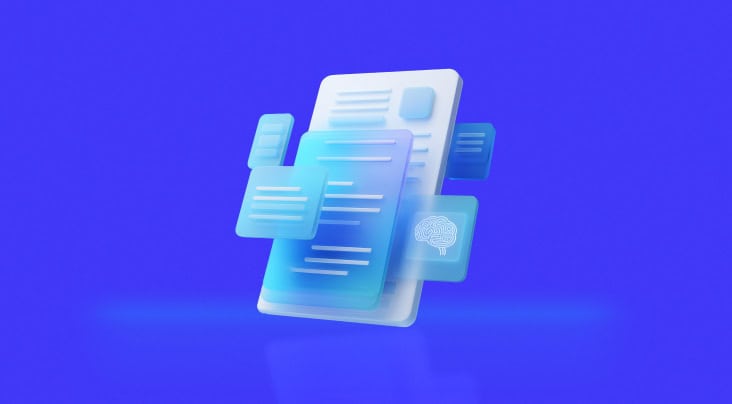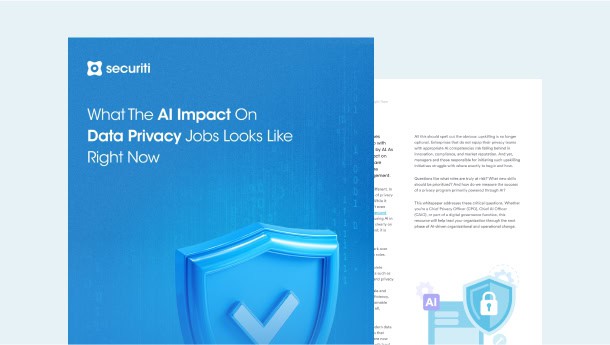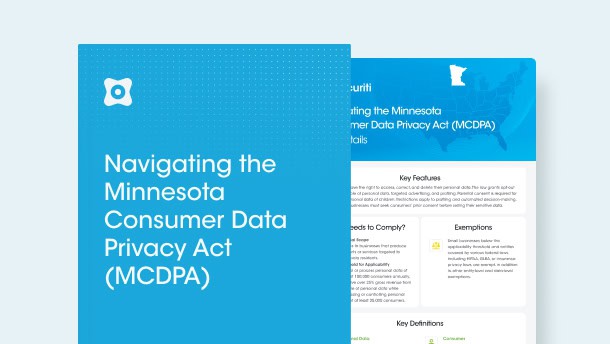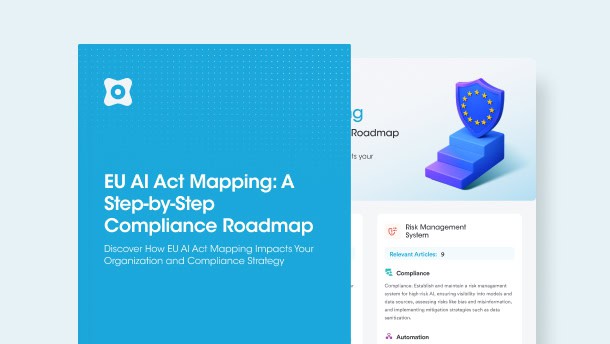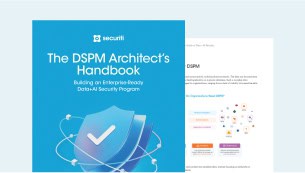In a rapidly evolving AI landscape, the National Institute of Standards and Technology (NIST) Artificial Intelligence Risk Management Framework (AI RMF) provides a robust guideline for organizations struggling to navigate AI complexities and mitigate the risks associated with AI technologies.
The AI market is projected to reach US$184.00bn in 2024 and show an annual growth rate (CAGR 2024-2030) of 28.46%, resulting in a market volume of US$826.70bn by 2030. This figure demonstrates the sheer adoption of AI across industries and the need to assess potential risks and ethical considerations associated with AI use.
With the growing integration of AI systems across several industries, it is crucial to have a robust framework that can be utilized across geographies. The future of NIST AI RMF promises significant improvements, such as a dedicated focus on generative AI, the integration of maturity models, and alignment with international standards such as the EU AI Act and Japan AI Guidelines for Business.
These updates aim to maintain ethical, transparent, and socially responsible AI development by taking a holistic approach to AI risk management. This guide explores the projected future of NIST AI RMF and how it may affect AI governance going forward.
Deep Dive into the Future of NIST AI RMF
In response to the increasing complexity and integration of AI technologies across several industries, the NIST AI RMF is likely to undergo substantial development. These include:
Generative AI Profile
NIST has released a draft Generative AI Profile to address particular risks associated with generative AI (GenAI). This profile offers recommendations for how businesses can successfully manage these risks while considering the unique challenges that GenAI systems provide. The profile was developed with input from a large public working group and outlines 12 risk areas and several recommended actions. These risk areas are:
- Chemical, Biological, Radiological, or Nuclear (CBRN) Information or Capabilities
- Confabulation
- Dangerous, Violent, or Harmful Content
- Data Privacy
- Environmental Impacts
- Human-AI Configuration
- Information Integrity
- Information Security
- Intellectual Property
- Obscene, Degrading, and/or Abusive Content
- Harmful Bias and Homogenization
- Value Chain and Component Integration.
Maturity Model Integration
Integrating maturity models for AI risk management with the NIST AI RMF is becoming increasingly important. These models provide a structured approach for assessing advancement and determining areas where organizations may improve their AI governance procedures. Instead of only acting as a compliance checklist, this integration ensures that the NIST AI RMF stays applicable and useful for ongoing development.
International Alignment
NIST is integrating the AI RMF with internationally recognized guidelines and standards, such as the Japan AI Guidelines for Business and the EU AI Act, to enhance global uniformity in AI risk management. This alignment will facilitate international organizations' collaboration and ensure they can follow a unified set of best practices.
Continuous Updates and Community Engagement
The AI RMF is intended to be a dynamic document that will receive updates and be regularly reviewed in response to input from the AI community. To ensure the framework is current and useful in tackling new AI concerns, NIST has set up procedures for continuing community involvement, including workshops, public comments, and coordination with different stakeholders.
Emphasis on Trustworthiness and Responsible AI
The framework continues to prioritize AI's safe, valid, reliable, accountable, and transparent use. It encourages organizations to take a sociotechnical stance, considering both AI's social and technological implications. This strategy seeks to ensure that AI technologies are created and used transparently, without bias, and socially responsibly.
These initiatives highlight NIST's commitment to providing a robust and flexible framework that can help organizations manage AI risks in an ethical and efficient manner as the technological environment evolves. This commitment is explicitly mentioned in the NIST AI RMF document:
“The Framework and supporting resources will be updated, expanded, and improved based on evolving technology, the standards landscape around the world, and AI community experience and feedback. NIST will continue to align the AI RMF and related guidance with applicable international standards, guidelines, and practices. As the AI RMF is put into use, additional lessons will be learned to inform future updates and additional resources.”
The Role of Stakeholders in Shaping the Future of NIST AI RMF
Stakeholders are essential to the NIST AI RMF's development because they bring a variety of viewpoints and levels of experience to the table. The main methods that stakeholders have an impact on the framework are as follows:
Public and Private Sector Collaboration
The public and commercial sectors have jointly contributed to developing the NIST AI RMF. Contributions from stakeholders in academia, government, technology corporations, and civil society ensure that the framework covers the wide range of concerns related to artificial intelligence. Together, these stakeholders help create a comprehensive, well-balanced framework applicable to a wide range of industries and applications.
Public Feedback and Workshops
NIST often solicits public input via workshops, public comment periods, and requests for information. Stakeholders may use these venues to share their experiences, express their concerns, and suggest changes. The flexible process of integrating public feedback ensures that the AI RMF remains responsive to emergent challenges and stakeholder requirements.
Working Groups and Advisory Panels
Specialized working groups and advisory panels, including experts from diverse sectors, provide specific suggestions and technical assistance. These groups emphasize particular elements of AI risk management, such as GenAI or ethical issues, ensuring the framework fully covers all essential and evolving areas of concern.
International Cooperation
Stakeholders also play a significant role in aligning the AI RMF with international standards and best practices. By partnering with international agencies and adopting global viewpoints, the NIST AI RMF can be aligned with existing guidelines, easing its adoption by multinational corporations and providing consistency in AI governance across geographies.
How Securiti Can Help
Securiti’s Data Command Center enables organizations to comply with the NIST AI RMF by securing the organization’s data, enabling organizations to maximize data value, and fulfilling an organization’s obligations around data security, data privacy, data governance, and compliance.
Organizations can overcome hyperscale data environment challenges by delivering unified intelligence and controls for data across public clouds, data clouds, and SaaS, enabling organizations to swiftly comply with privacy, security, governance, and compliance requirements.
Request a demo to witness Securiti in action.
